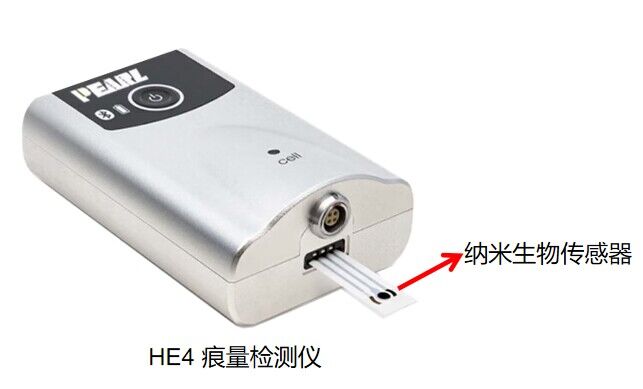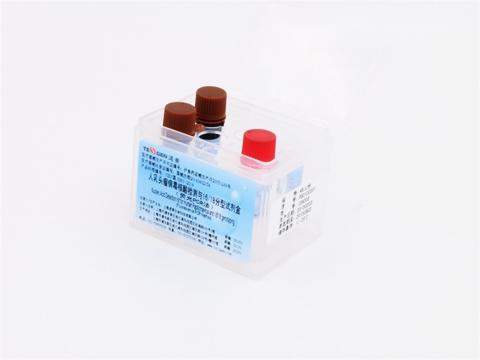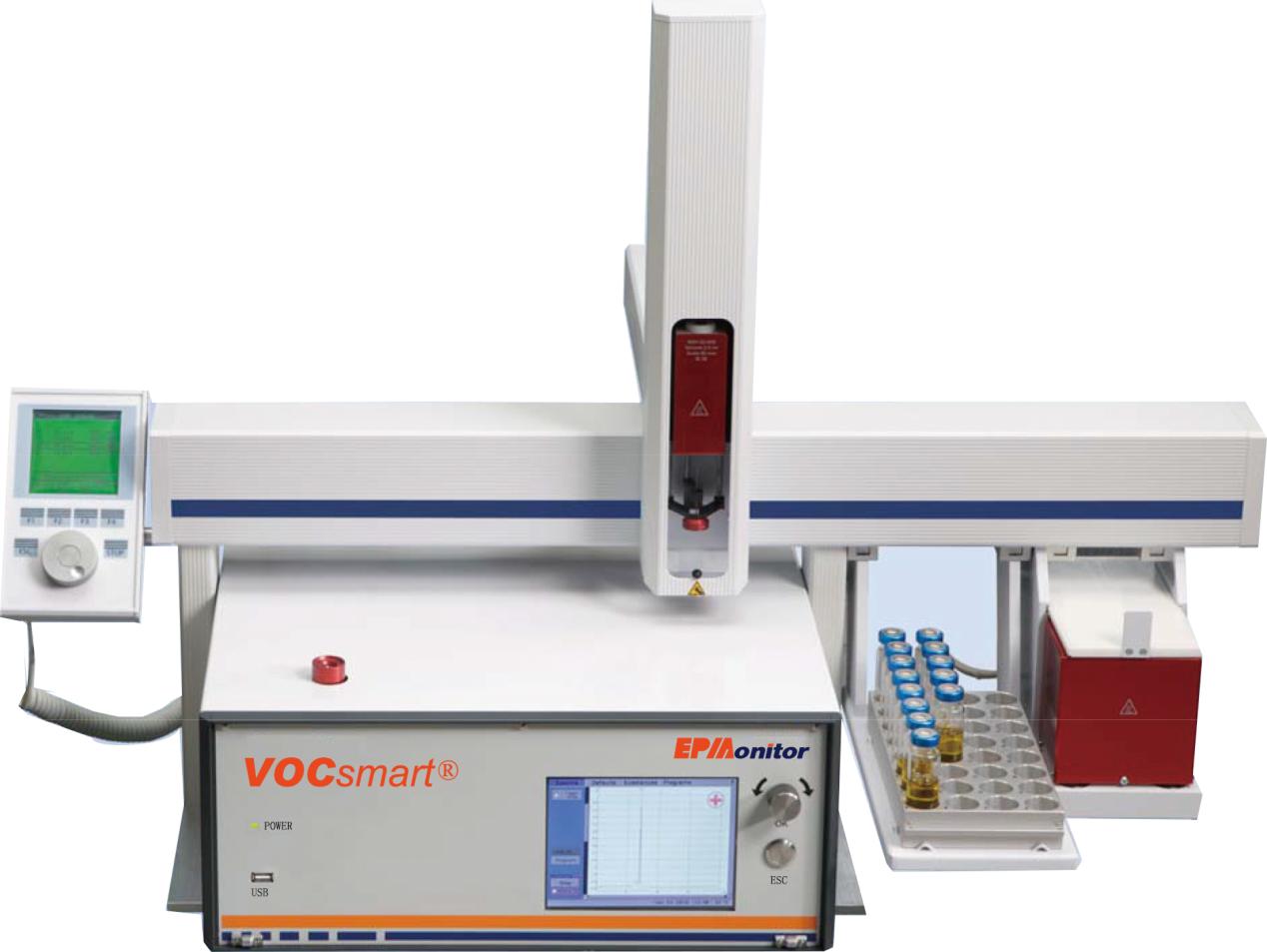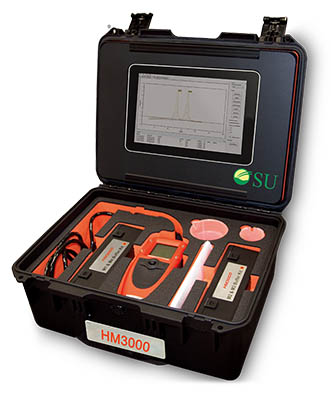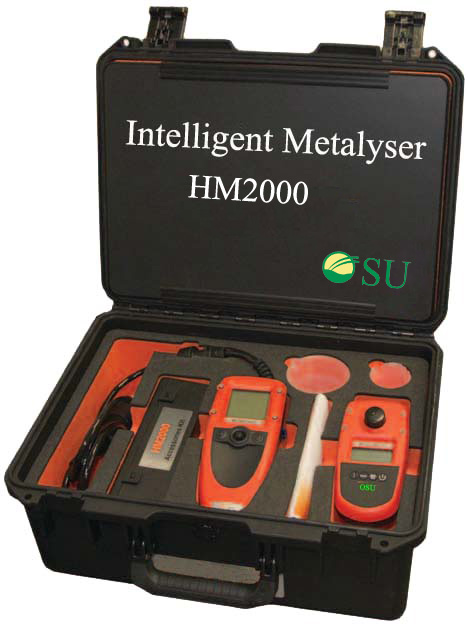HE4 Trace Tester (Nanobiosensor)
Detection principle: Based on DNA nanotechnology, tumor marker biosensor
DNA is not only genetic material, but also can form specific two-dimensional structures through folding. As a natural nanomaterials, it can participate in the construction of various functional structures and nanodevices, which has a significant impact on nanoscience. Self-assembled DNA nanostructures, which can accurately arrange all kinds of molecules and materials to form spatially ordered complexes. Therefore, DNA nanostructures show great applications in many biomedical fields, especially in biosensors. The ability to quickly and efficiently assemble powerful miRNA and determine functional DNA nanomaterials is the key to DNA nanobiotechnology and basic biomedical research. Our company has developed a novel target-trigger DNA assembly pathway to construct multi-branched DNA nanostructures by combining DNA cascades with G-tether wires. With numerous G-tether repeats clustered on the electrode surface, the obtained multi-branched DNA nanostructures bind to a large amount of heme chloride, thus significantly amplify the electrochemical sensing signal for ultrasensitive and selective detection of miR-21. The lower detection limit was as low as 0.2 f mol/L, and the dynamic response range was obtained from 10 f mol/L to 100 n m o l / L. Furthermore, even single-base mutations can be easily distinguished from the target miR-21. Combine nanoparticles with DNA rolling ring technology (RCA) technology to capture the current signal and monitor by differential pulse voltammetry (DPV) to achieve the sensitive detection of human epididymal protein 4 (HE4) with a detection limit of 0.06 pM.


